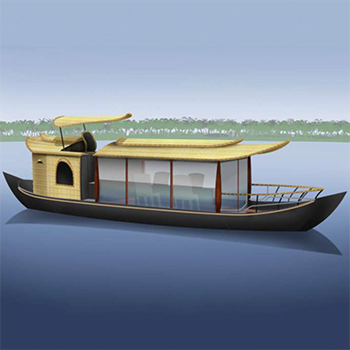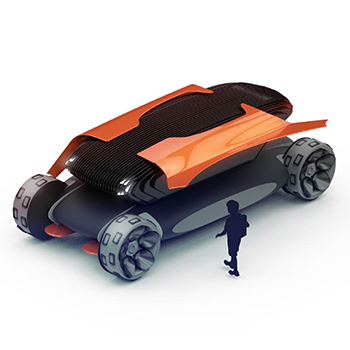Emergency Medical Service (EMS) systems in India are still largely uncoordinated and decentralised. The absence of any nationalised standards or regulations means different operators act on their own accord, resulting in widely scattered responses across different organisations and entities. They are the critical issues of accessibility and affordability, adding up to the fact that in many cases, the primary patient transport from the scene of an emergency to the hospital is usually done in other vehicles such as taxis, auto rickshaws, or private cars. Such vehicles are more ubiquitous and easily accessible than dedicated ambulances. So there is scope to adapt them into a patient transport vehicle. This is especially true for larger MPV taxis, which have enough interior room to adequately simulate the space inside an ambulance. Integrating an emergency medical service into an existing online taxi service (such as Uber or Ola) can lead to a more accessible, affordable, and trustworthy system.



